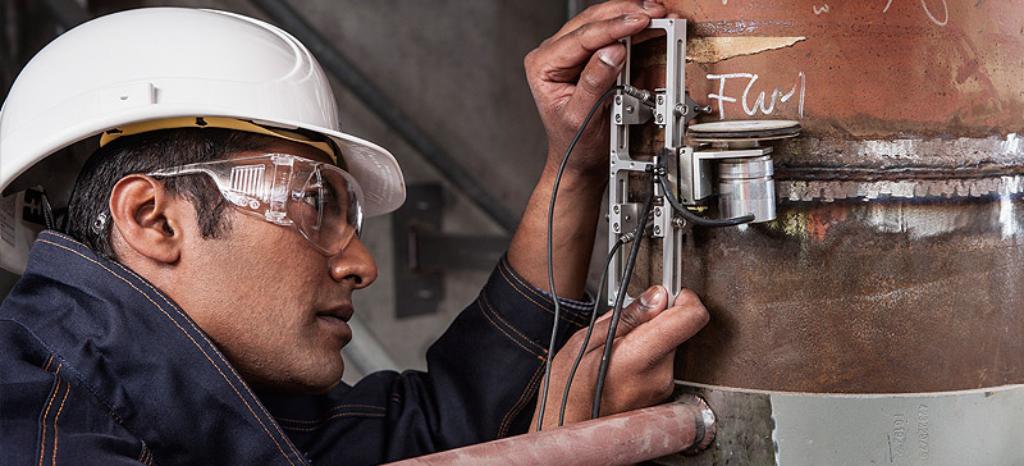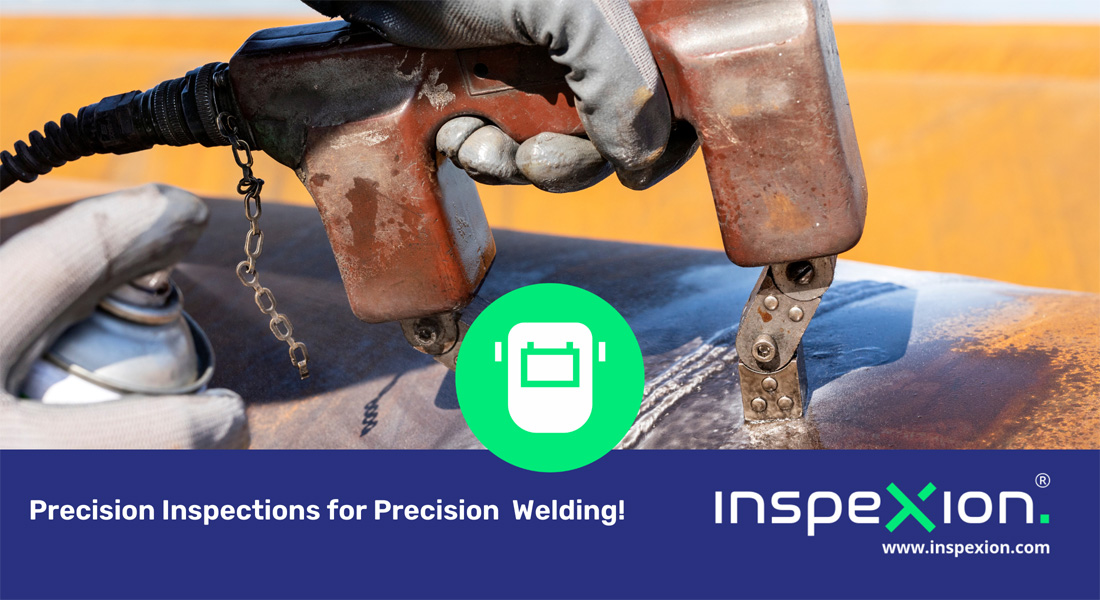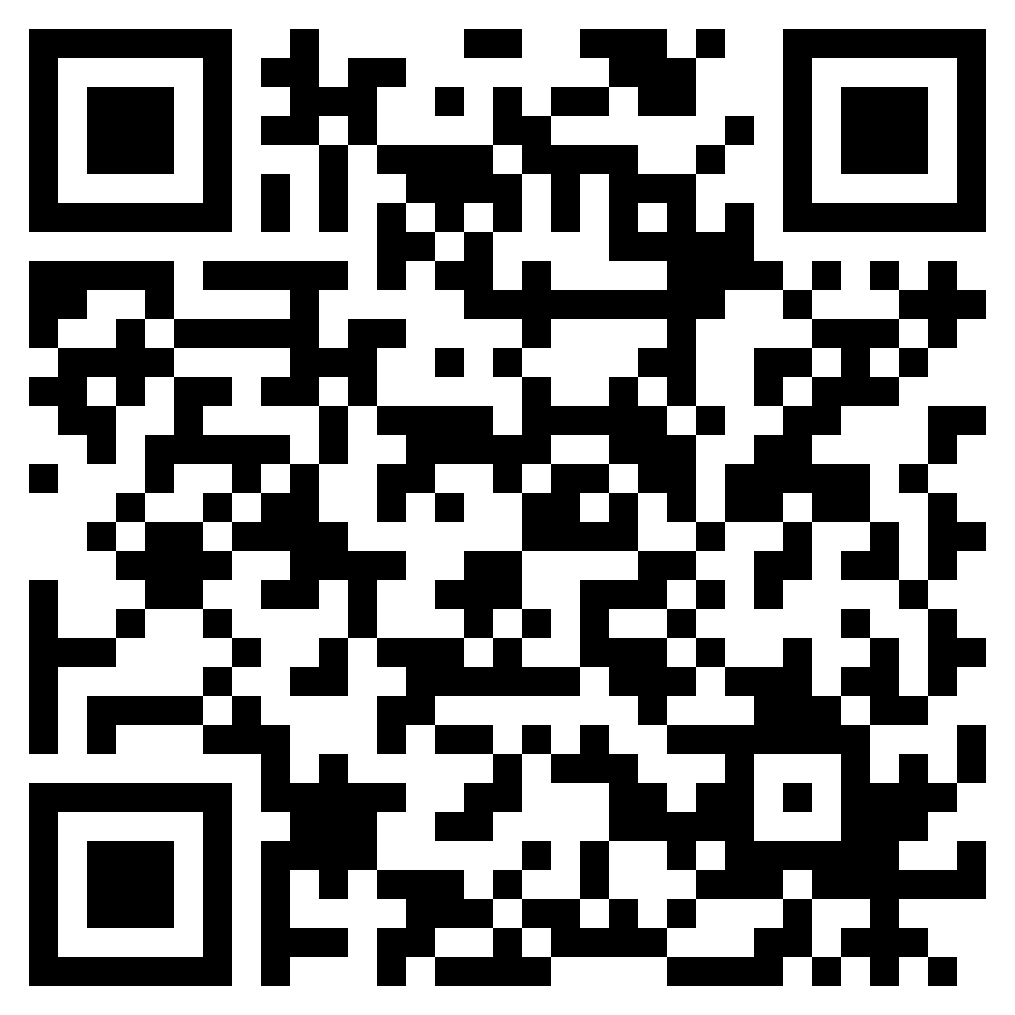Top Benefits of Hiring Welding Inspection Milwaukee for Your Next Job
Top Benefits of Hiring Welding Inspection Milwaukee for Your Next Job
Blog Article

Checking Out the Different Approaches and Specifications of Welding Assessment for Achieving Conformity and Dependability in Engineering Applications
The relevance of welding examination in design applications can not be overstated, as it serves as an important guard for making sure architectural integrity and compliance with industry standards. Various methods, including visual evaluation and advanced non-destructive testing techniques, offer vital understandings right into the high quality of welds.
Value of Welding Assessment
Welding examination plays an essential duty in making certain the honesty and safety and security of bonded frameworks. This process involves the systematic examination of welds to validate conformity with established requirements and specifications. The relevance of welding evaluation can not be overstated, as it offers as a safeguard against possible failures that can result from insufficient welding techniques. Via extensive assessment, flaws such as splits, gaps, and poor combination can be identified early, consequently preventing disastrous failings that might cause structural collapse or safety risks.
In addition, welding examination is necessary for keeping quality control throughout the welding process. It makes sure that the welds satisfy the necessary mechanical and physical homes required for their desired applications. Routine inspections likewise cultivate a culture of responsibility and continual improvement within welding operations, encouraging adherence to finest practices and sector standards.
In controlled sectors such as manufacturing, aerospace, and construction, rigorous welding inspection protocols are mandated to abide by lawful and safety and security requirements. Eventually, efficient welding examination not just shields human life and home yet additionally boosts the long life and reliability of bonded frameworks, making it an important element of engineering and building.

Usual Welding Examination Methods
A selection of examination approaches are used to analyze the high quality and stability of welds, each tailored to spot specific kinds of flaws. Among the most usual techniques is visual evaluation, which involves a thorough examination of the weld surface area to determine visible imperfections such as fractures, undercuts, and inadequate blend. This technique is frequently the very first step in the assessment process as a result of its simpleness and cost-effectiveness.
Another extensively utilized method is radiographic inspection, where X-rays or gamma rays penetrate the weld to disclose interior problems. This strategy is specifically efficient for spotting porosity and incorporations within the weld product. In a similar way, ultrasonic screening utilizes high-frequency acoustic waves to determine internal imperfections, offering a detailed analysis of the weld's honesty.
In addition, magnetic particle examination is utilized for ferromagnetic products, enabling the detection of surface area and near-surface issues by applying magnetic areas and observing bit patterns. Lastly, color penetrant screening involves applying a fluid color to the weld surface, exposing splits and various other discontinuities upon assessment. Each of these methods plays a vital duty in guaranteeing weld top quality and compliance with market criteria
Non-Destructive Evaluating Strategies
Non-destructive testing (NDT) strategies are vital tools in the evaluation of weld quality, enabling inspectors to assess the honesty of welded joints without triggering damages to the materials. Numerous NDT techniques are utilized to recognize possible issues, guaranteeing that welds fulfill the required standards for safety and performance.
One of the most widespread methods is ultrasonic screening (UT), which makes use of high-frequency acoustic waves to find inner flaws such as spaces or fractures. Radiographic screening (RT) employs X-rays or gamma rays to create pictures of welds, disclosing any type of suspensions within the material. Magnetic particle screening (MT) is efficient for finding surface area and near-surface problems in ferromagnetic materials via the application of magnetic areas and contrasting bits.
Liquid penetrant screening (PT) is one more widely made use of approach that includes using a color to the surface of the weld, which seeps right into any type of cracks, making them noticeable under ultraviolet light. Each of these techniques provides unique benefits and restrictions, and the selection of an appropriate strategy is vital to achieving exact evaluations of weld integrity. Eventually, the next page implementation of NDT strategies substantially adds to the integrity and security of engineering applications.

Regulative Standards and Conformity
In the realm of welding assessment, adherence to regulatory criteria and conformity is extremely important to make certain the safety and security and dependability of bonded structures (Welding Inspection Milwaukee). Numerous organizations, consisting i was reading this of the American Welding Society (AWS), the American Culture of Mechanical Engineers (ASME), and the International Organization for Standardization (ISO), have actually established standards that regulate welding techniques and evaluation treatments. These standards provide a framework for quality control, laying out the needed credentials for inspectors and the methods for assessing weld integrity
Compliance with these regulatory criteria not just boosts the architectural stability of welded settings up yet also mitigates dangers connected with failings, which can have devastating effects. Assessments must be carried out making use of specified treatments, consisting of aesthetic, ultrasonic, and radiographic methods, to make certain that welds satisfy specified criteria.
Furthermore, adherence to these criteria is frequently needed by legislation, specifically in markets such as building and construction, aerospace, and production. Routine audits and qualifications are crucial to keep conformity, thereby cultivating a culture of safety and top quality within organizations. Ultimately, regulative criteria and compliance act as the backbone of dependable welding examination techniques, ensuring that crafted frameworks meet both efficiency assumptions and safety and security demands.
Ideal Practices for Welding Inspection
While preserving conformity with regulative requirements is crucial, carrying out ideal methods for welding inspection even more enhances the safety and security and honesty of welded frameworks. Efficient welding evaluation begins with extensive planning, which includes recognizing the details demands of each project and guaranteeing inspectors are well-trained in suitable approaches and standards.
Using a comprehensive inspection checklist helps to ensure all crucial elements are evaluated, such as weld dimension, infiltration, and aesthetic flaws. Non-destructive testing (NDT) methods, such as radiographic or ultrasonic screening, should be employed where ideal, giving an extra thorough analysis of weld high quality without jeopardizing the honesty of the products.
Documentation plays a significant function in ideal techniques; maintaining precise documents of inspections, consisting of pictures, examination results, and conformity reports, makes sure liability and helps with future evaluations. Furthermore, promoting a society of open communication between assessors and welders can bring about early identification of potential issues, advertising immediate corrective activities.
Final Thought
In summary, the application of rigorous welding evaluation methods and adherence to developed requirements are essential for guaranteeing conformity and reliability in design applications - Welding Inspection Milwaukee. Methods such as aesthetic evaluation, radiographic screening, and ultrasonic testing offer as important tools in keeping and determining problems quality control. By promoting a culture of responsibility and excellence, companies can improve the integrity and long life of bonded structures, ultimately adding to look what i found the safety and security and efficiency of design tasks
Different approaches, including aesthetic evaluation and advanced non-destructive testing strategies, provide vital insights right into the top quality of welds.Welding examination plays a crucial role in guaranteeing the stability and safety and security of bonded frameworks.A range of evaluation techniques are employed to assess the top quality and stability of welds, each customized to detect certain types of flaws.An additional extensively made use of approach is radiographic inspection, where X-rays or gamma rays permeate the weld to expose interior problems.In the realm of welding inspection, adherence to governing requirements and compliance is paramount to ensure the safety and dependability of welded frameworks.
Report this page